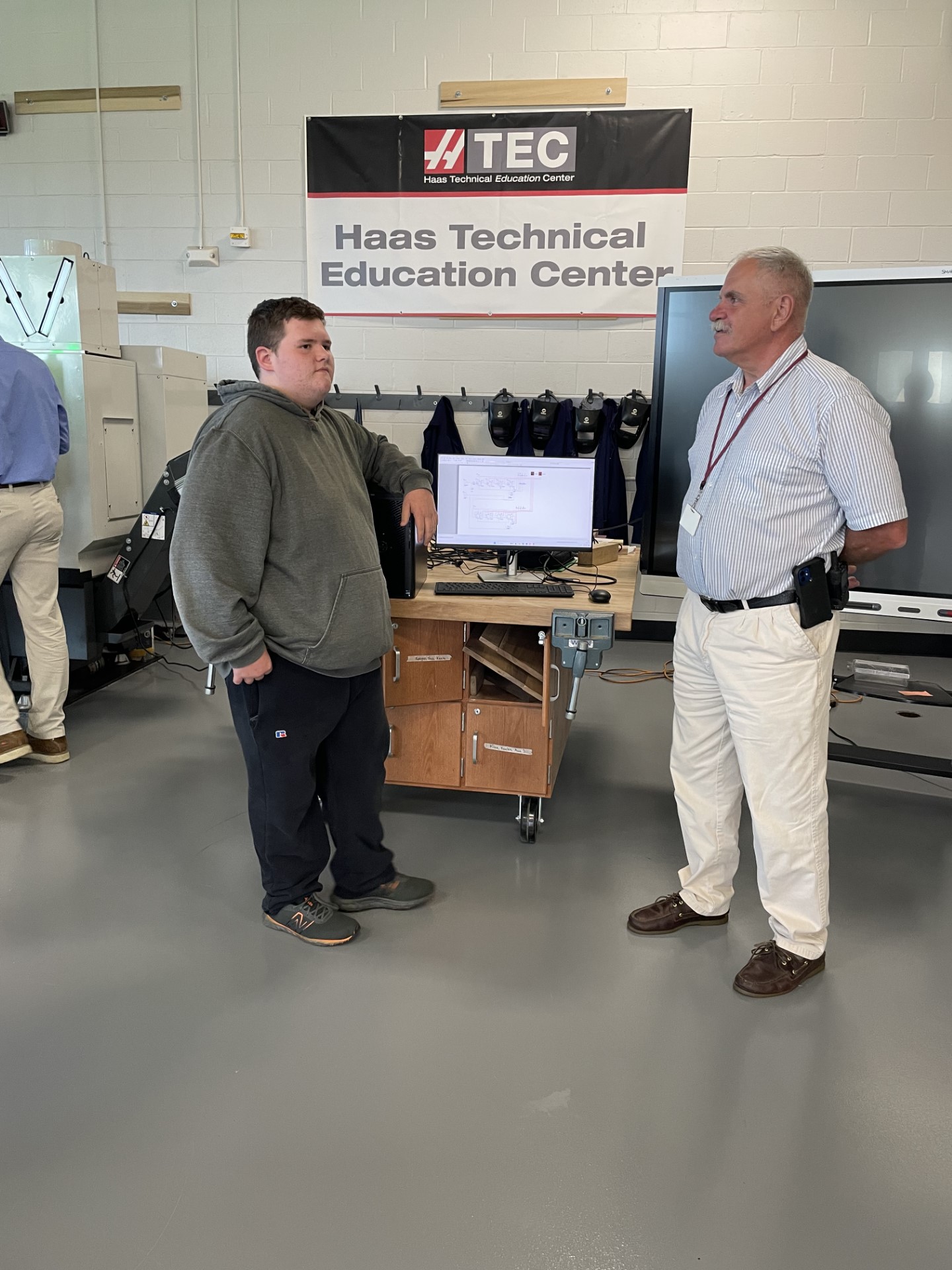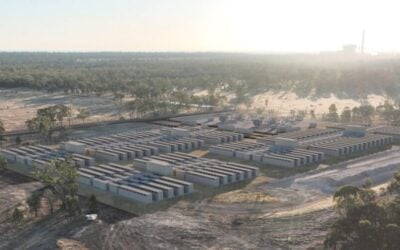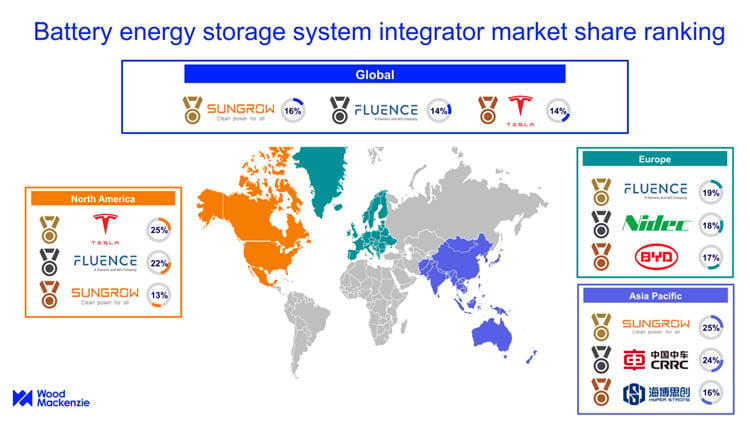Report on the Sunset Park Solar Initiative: A Model for Sustainable Urban Development
Project Overview and Strategic Objectives
On July 20, New York City inaugurated its first community-led and cooperatively owned solar project, “Sunset Park Solar,” located at the Brooklyn Army Terminal. This initiative represents a significant milestone in local energy governance and sustainable urban planning. The project is a strategic partnership between UPROSE, a community-based social justice organization; Working Power, a clean energy developer; and the New York City Economic Development Corporation (NYCEDC).
- Installation Capacity: A 725-kilowatt solar array on a 45,000-square-foot rooftop.
- Community Impact: Provides clean electricity to approximately 200 local families and businesses.
- Economic Model: Operates as a cooperative, with revenue directed into a community wealth fund to support future sustainable projects.
Alignment with Sustainable Development Goals (SDGs)
The Sunset Park Solar project serves as a practical blueprint for achieving multiple Sustainable Development Goals (SDGs) at the municipal level, demonstrating a just transition towards a renewable economy.
- SDG 7 (Affordable and Clean Energy): The project’s primary function is to deliver clean, reliable, and affordable solar power, directly contributing to the transition away from fossil fuels. It provides subscribers with an estimated 20% reduction in energy costs, enhancing energy affordability.
- SDG 11 (Sustainable Cities and Communities): By establishing a decentralized, community-owned energy system on city-managed property, the initiative enhances urban resilience and sustainability. It empowers a frontline community to participate directly in creating a more inclusive and environmentally sound urban infrastructure.
- SDG 13 (Climate Action): The solar array actively mitigates climate change by reducing greenhouse gas emissions. It is presented as a proactive, community-driven response to climate inaction at the federal level, offering a scalable model for local climate solutions.
- SDG 10 (Reduced Inequalities): The cooperative ownership model ensures that economic benefits are retained within a historically underinvested community. By placing control in the hands of local residents, the project addresses systemic energy and economic inequities.
- SDG 1 (No Poverty): Lowering energy bills directly increases the disposable income of low- and moderate-income households. The community wealth fund creates a mechanism for long-term economic empowerment and poverty reduction through reinvestment in local initiatives.
- SDG 8 (Decent Work and Economic Growth): The project aligns with New York City’s Green Economy Action Plan, fostering local economic growth and creating green jobs in the renewable energy sector for residents of Sunset Park and Brooklyn.
- SDG 17 (Partnerships for the Goals): The initiative exemplifies a successful multi-stakeholder partnership, uniting a community organization (UPROSE), a private energy developer (Working Power), and a government agency (NYCEDC) to achieve common sustainability objectives.
Stakeholder Perspectives and Future Implications
Project leaders and local representatives have emphasized the initiative’s role as a replicable model for energy justice and community resilience nationwide.
Key Contributions
- UPROSE: Executive Director Elizabeth Yeampierre highlighted the project as a tangible example of a “just transition,” moving from an extractive economy to a regenerative one that builds community wealth and provides hope.
- Working Power: Co-Executive Director Ian Fischer described the project as a demonstration of what is possible when frontline communities lead the development of the clean energy future.
- NYC Government: Council Member Alexa Avilés and NYCEDC Senior Vice President Jennifer Brown affirmed that the project is “by and for the people” and aligns with the city’s broader Green Economy Action Plan to foster innovation and create sustainable employment.
- NYC Environmental Justice Alliance: Senior Energy Planner Daniel Chu noted the project’s dual benefit of advancing the clean energy transition while providing a model for energy savings that helps combat the city’s affordability crisis.
The Sunset Park Solar project is positioned as a pioneering innovation in climate justice. It demonstrates that community-led initiatives can effectively regain local control over energy systems, build economic resiliency, and provide a powerful, scalable solution for sustainable development in urban centers.
Analysis of Sustainable Development Goals in the Article
1. Which SDGs are addressed or connected to the issues highlighted in the article?
The article on the Sunset Park Solar project highlights several interconnected issues that align with the following Sustainable Development Goals (SDGs):
- SDG 7: Affordable and Clean Energy: The core of the article is about the installation of a community solar project. It directly addresses the goal of ensuring access to affordable, reliable, sustainable, and modern energy for all by providing “clean and reliable electricity” from a solar array.
- SDG 8: Decent Work and Economic Growth: The project is described as a model for building “economic resiliency” and “community wealth.” It also aims to create “green jobs,” contributing to inclusive and sustainable economic growth.
- SDG 10: Reduced Inequalities: The initiative is framed as an “energy justice” project. It is led by UPROSE, a “Latino community-based organization,” and specifically targets “historically underinvested communities,” aiming to empower them and provide them with a voice in their energy systems.
- SDG 11: Sustainable Cities and Communities: The project is a community-led initiative within a specific urban area (Sunset Park, Brooklyn). It aims to make the city more inclusive, safe, resilient, and sustainable by reducing greenhouse gas emissions locally and providing affordable energy to “about 200 Sunset Park families and businesses.”
- SDG 13: Climate Action: The article explicitly mentions the “climate emergency” and the project’s role in “reducing greenhouse gas emissions” by moving away from fossil fuels. It is presented as a direct response and a “blueprint” for climate action at the community level.
- SDG 17: Partnerships for the Goals: The project is a clear example of a multi-stakeholder partnership. The article states it is a “partnership between UPROSE,” a community-based organization, “Working Power,” an energy developer, and the “New York City Economic Development Corporation (NYCEDC),” a government entity.
2. What specific targets under those SDGs can be identified based on the article’s content?
Based on the details provided in the article, the following specific SDG targets can be identified:
- Target 7.1: By 2030, ensure universal access to affordable, reliable and modern energy services.
- The project provides “clean and reliable electricity to about 200 Sunset Park families and businesses” and aims to lower their “energy bills by 20%,” directly addressing energy access and affordability.
- Target 7.2: By 2030, increase substantially the share of renewable energy in the global energy mix.
- The installation of a “725-kilowatt solar array” on a “45,000-square-foot” rooftop is a direct contribution to increasing the share of renewable (solar) energy in New York City’s energy mix.
- Target 8.3: Promote development-oriented policies that support productive activities, decent job creation, entrepreneurship, creativity and innovation.
- The article mentions the project’s role in “creating green jobs” and describes it as an “incredible model” of innovation. Revenue is reinvested into a “community wealth fund” to support further initiatives.
- Target 10.2: By 2030, empower and promote the social, economic and political inclusion of all, irrespective of age, sex, disability, race, ethnicity, origin, religion or economic or other status.
- The project is described as “community-led and cooperatively owned” and is a partnership with “Brooklyn’s oldest Latino community-based organization.” It aims to give “frontline communities” control over their energy systems, promoting their inclusion and empowerment.
- Target 11.6: By 2030, reduce the adverse per capita environmental impact of cities.
- The project contributes to this target by “reducing greenhouse gas emissions” through the generation of clean energy, thereby improving the environmental quality of the Sunset Park neighborhood and New York City.
- Target 13.2: Integrate climate change measures into national policies, strategies and planning.
- While a local project, it is described as a “blueprint” and a model that “sets a precedent for similar community-driven energy initiatives across the country.” It aligns with the “city’s Green Economy Action Plan,” demonstrating the integration of climate action into local planning.
- Target 17.17: Encourage and promote effective public, public-private and civil society partnerships.
- The project is explicitly a “partnership between UPROSE (civil society), Working Power (private sector), and the NYCEDC (public sector),” perfectly embodying the spirit of this target.
3. Are there any indicators mentioned or implied in the article that can be used to measure progress towards the identified targets?
Yes, the article contains several quantitative and qualitative indicators that can be used to measure progress:
- For Target 7.1 & 7.2:
- Indicator: Capacity of renewable energy generation.
- Data from article: “725-kilowatt solar array.”
- Indicator: Number of households/businesses with access to clean energy.
- Data from article: “about 200 Sunset Park families and businesses.”
- Indicator: Affordability of energy.
- Data from article: “lowering energy bills by 20%.”
- Indicator: Capacity of renewable energy generation.
- For Target 8.3:
- Indicator: Number of green jobs created.
- Data from article: The article mentions “creating green jobs” and “good-paying jobs,” which is a qualitative indicator. The specific number is not given but is implied as a project goal.
- Indicator: Amount of revenue generated for community development.
- Data from article: “Revenue from the 45,000-square-foot installation will go into a community wealth fund.” This implies a measurable financial flow back to the community.
- Indicator: Number of green jobs created.
- For Target 10.2 & 11.6:
- Indicator: Level of community ownership and participation in decision-making.
- Data from article: The project is described as “community-led,” “cooperatively owned,” and “by and for the people,” which are strong qualitative indicators of inclusion and empowerment.
- Indicator: Reduction in greenhouse gas emissions.
- Data from article: The project’s primary environmental benefit is “reducing greenhouse gas emissions,” a key measurable outcome.
- Indicator: Level of community ownership and participation in decision-making.
- For Target 17.17:
- Indicator: Existence and nature of multi-stakeholder partnerships.
- Data from article: The clearly defined partnership between “UPROSE,” “Working Power,” and “NYCEDC” serves as a direct indicator of a successful public-private-civil society collaboration.
- Indicator: Existence and nature of multi-stakeholder partnerships.
4. Summary Table of SDGs, Targets, and Indicators
| SDGs | Targets | Indicators Identified in the Article |
|---|---|---|
| SDG 7: Affordable and Clean Energy | 7.1: Ensure universal access to affordable, reliable and modern energy services. 7.2: Increase substantially the share of renewable energy. |
|
| SDG 8: Decent Work and Economic Growth | 8.3: Promote development-oriented policies that support decent job creation and innovation. |
|
| SDG 10: Reduced Inequalities | 10.2: Empower and promote the social, economic and political inclusion of all. |
|
| SDG 11: Sustainable Cities and Communities | 11.6: Reduce the adverse per capita environmental impact of cities. |
|
| SDG 13: Climate Action | 13.2: Integrate climate change measures into policies, strategies and planning. |
|
| SDG 17: Partnerships for the Goals | 17.17: Encourage and promote effective public, public-private and civil society partnerships. |
|
Source: brooklynpaper.com







